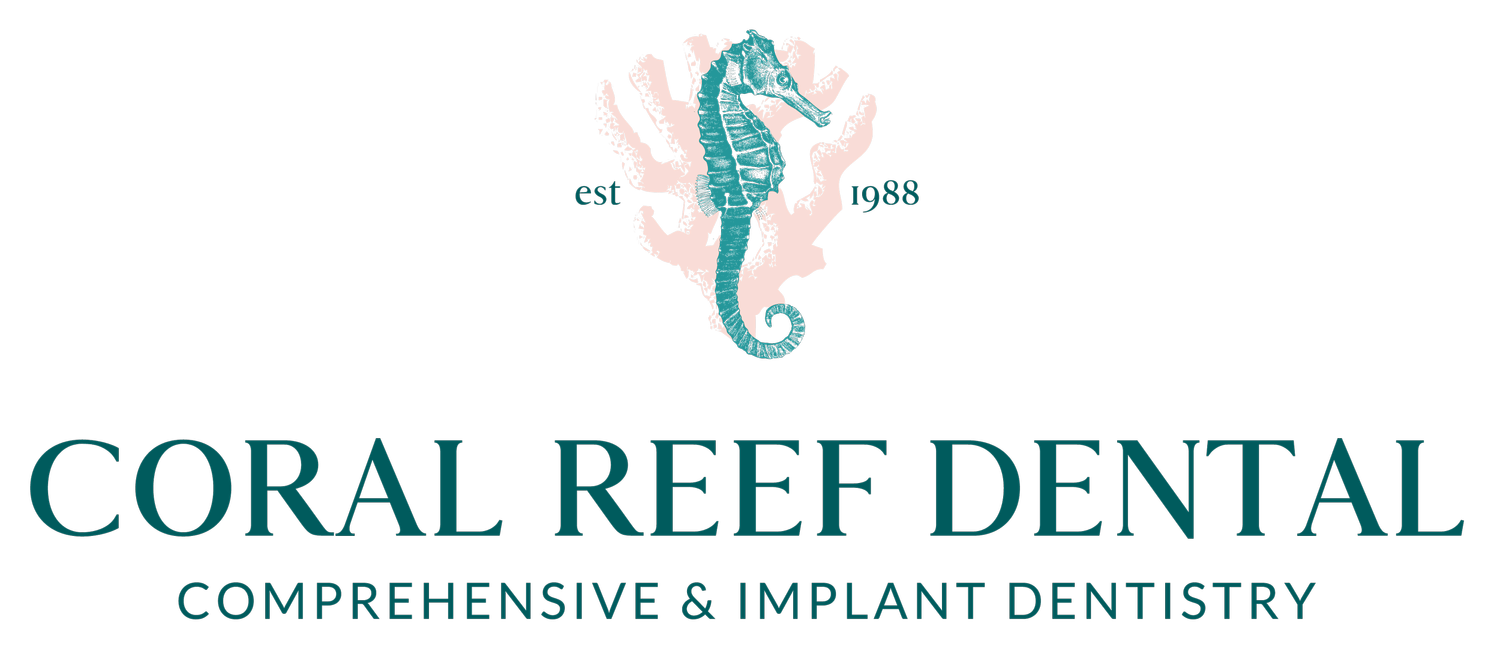Should You Floss Before Or After Brushing?
We all know that brushing our teeth at least twice a day is part of the recipe for good oral health. Spending a few minutes with a toothbrush daily and reaping the benefits is easy.
Flossing is another part of the recipe that’s a bit more controversial and inconvenient. Despite being recommended since the 1970s, some studies challenged that in the 2010s.
Regardless of the controversy, dentists find that flossing regularly removes plaque and increases gum health. But when should it fit into your oral hygiene routine?
Today, we’re getting down in the trenches to find out the most effective way to floss.
The definitive answer: which is better for a healthy mouth?
Studies show flossing before brushing is the most effective way to remove plaque. It also contributes to a healthier mouth!
Flossing helps loosen bacteria, plaque, and other residue between teeth. Brushing afterward flushes out these particles, leaving you with cleaner, fresher teeth.
Both flossing and brushing are important for dental hygiene
The American Dental Association recommends brushing our teeth at least twice daily, morning and night. This action helps to keep teeth clean and cavity-free, especially when you use fluoride toothpaste. On its own, brushing is an effective method for cavity prevention and promotes gum health.
Adding flossing into your routine, even if you’ve never done it, can also have a positive effect. It helps prevent cavities between your teeth and can even help keep teeth whiter!
You’ll also have healthier gums with regular flossing. Periodontal disease occurs when too much plaque builds up along your gumline, leading to infection. Red, bloody gums are a sure sign that your oral health is suffering! Flossing removes much of this plaque, leaving you with healthy, resilient gums.
The best routine order
While any flossing is better than none, flossing first is the best way to ensure a healthier smile. Our recommendation for proper oral hygiene will help keep your teeth and gums at their best between cleanings.
Make flossing the first part of your routine
Flossing first allows you to remove particles, plaque, and bacteria between your teeth before brushing. For this first pass, you can use a waxed dental floss or water flosser. Make sure you get in between every set of teeth, even the hard-to-reach places.
Some people love to use floss picks, and they work well. Just be careful with the pick end when cleaning so you don’t damage your gums.
For those with dental appliances or braces, flossing can pose a challenge. Regular floss won’t work, but some products like Oral-B Super Floss are explicitly meant for this application. A stiff floss threader and spongy filament allow you to floss under appliances and around braces.
Brush after flossing with a fluoride toothpaste
Once you’ve cleaned between your teeth with dental floss, you can proceed with brushing. We recommend using fluoride toothpaste because it helps prevent cavities and promotes stronger enamel. Fluoride also stops the process of demineralization. Starches and sugars break down the calcium and phosphate that protect your enamel.
Using the right toothpaste protects your teeth and promotes a strong, healthy smile.
Gargle with mouthwash
After flossing and brushing, you should finish up with mouthwash. This final step gives you a chance to rinse out any bacteria or plaque floating around and gives you fresher breath. Many formulas also kill bacteria, which helps prevent tooth decay and gum disease.
Choose a mouthwash that contains fluoride to enhance the benefits of your toothpaste. Use your bottle cap to measure how much to use, usually around 20 to 25 mL. Swirl it around your mouth for 30 to 60 seconds for the best results. When you’re finished, spit it out into the sink.
We love mouthwash at the end of the day because it leaves your mouth clean before bed. Dentists also recommend waiting at least 30 minutes after using it before eating or drinking.
The benefits of flossing your teeth
While a good oral health routine gives you 360 protection, flossing on its own is beneficial. Here are some of the main benefits!
Remove more food particles & plaque
Brushing alone can’t remove all the food particles and plaque on your teeth. The bristles can’t get in between, and most aren’t able to address the gumline. Flossing removes all the food and plaque buildup that brushing can’t reach.
Have better breath
Flossing removes plaque from your teeth and around your gums. Bacteria that cause bad breath live in plaque, so removing it also removes the bacteria. It also removes food particles that get stuck between your teeth and can cause odor.
Skip the toothpick and use string floss instead to keep your gums and teeth healthy.
Reduce risk of cavities
Flossing prevents cavities between your teeth by removing plaque, bacteria, and food particles. Brushing can’t get into those crevices, so flossing is your best chance to loosen stuck-on plaque.
Prevent gingivitis
Gum health is a vital part of oral hygiene. Swollen, bright red, bleeding gums are common signs of gingivitis, and flossing helps! Flossing promotes healthier soft tissue and less gum disease by removing bacteria around the gum line.
For full service dentistry in Palm Harbor, contact Coral Reef Dental!
Coral Reef Dental in Palm Harbor is here to serve all of your dental care needs. With over 30 years in the field, you won’t find a more qualified, experienced, or focused team. Our Palm Harbor offices offer services ranging from regular exams to full dental implants. And, for dental emergencies, our team is on standby to help.
Check out our website for our full range of services, and schedule an appointment today!


